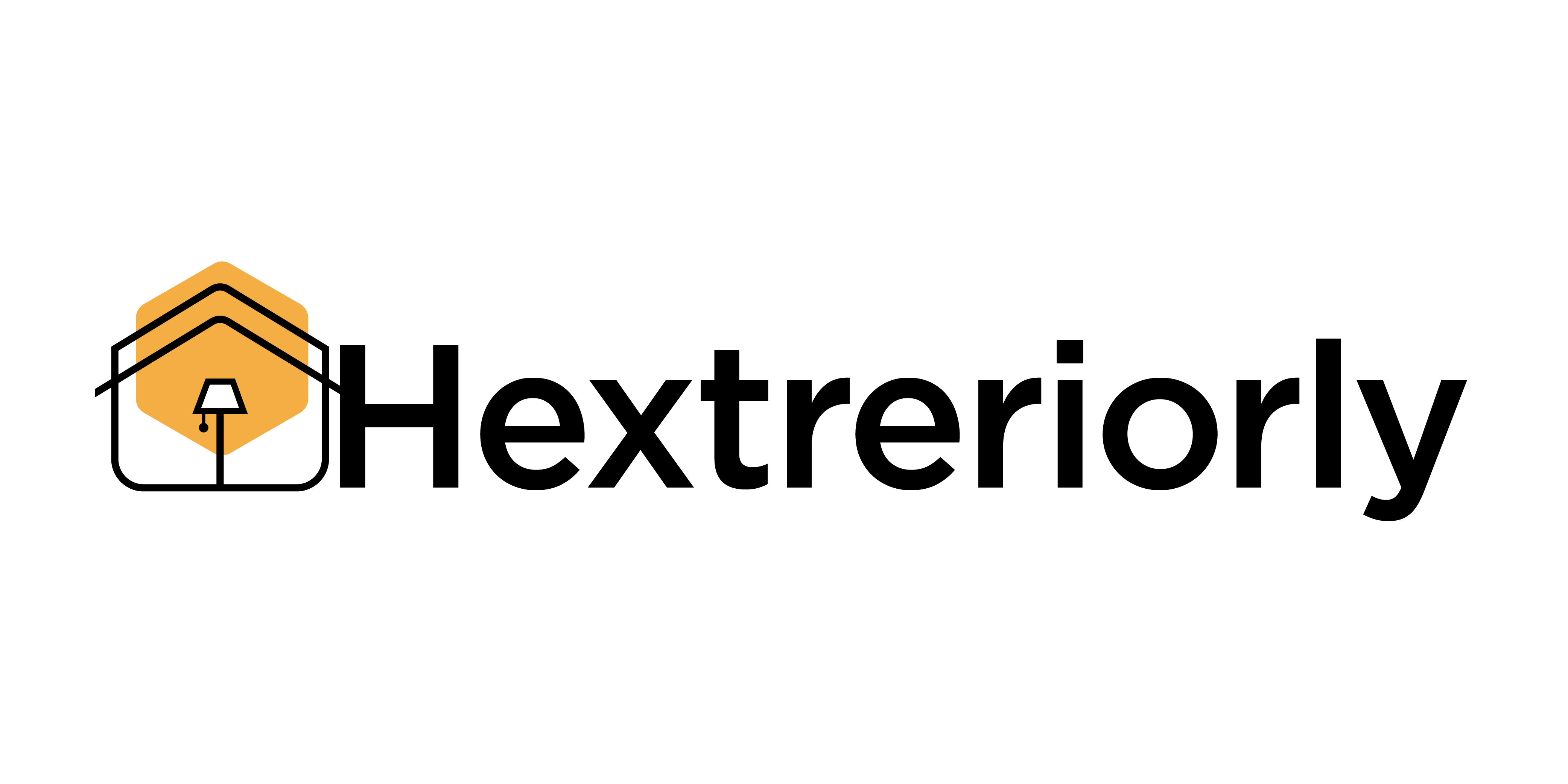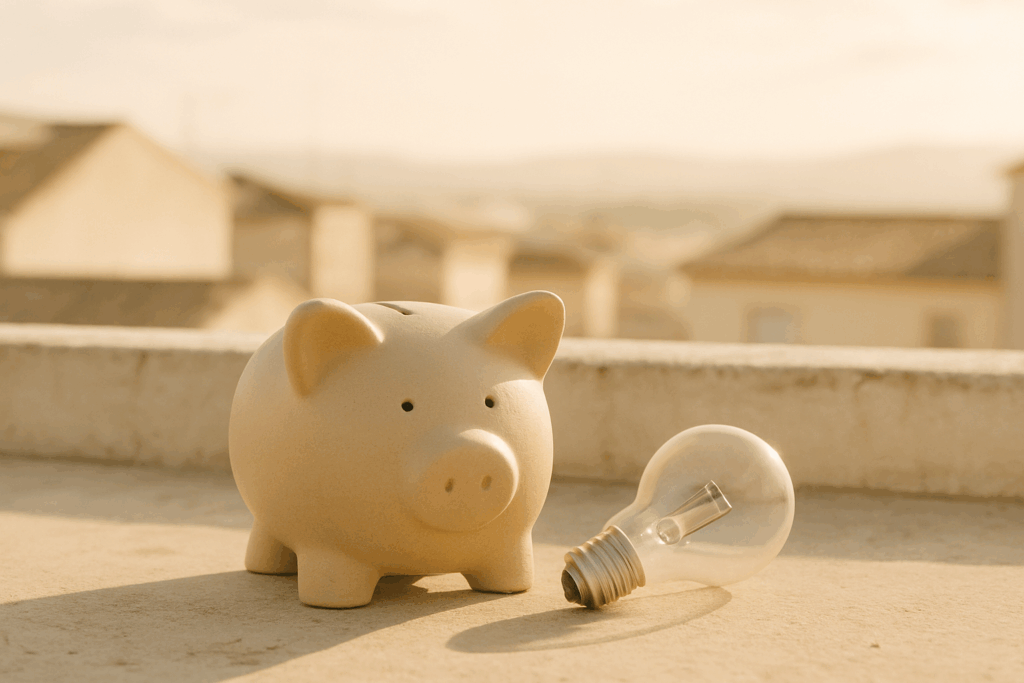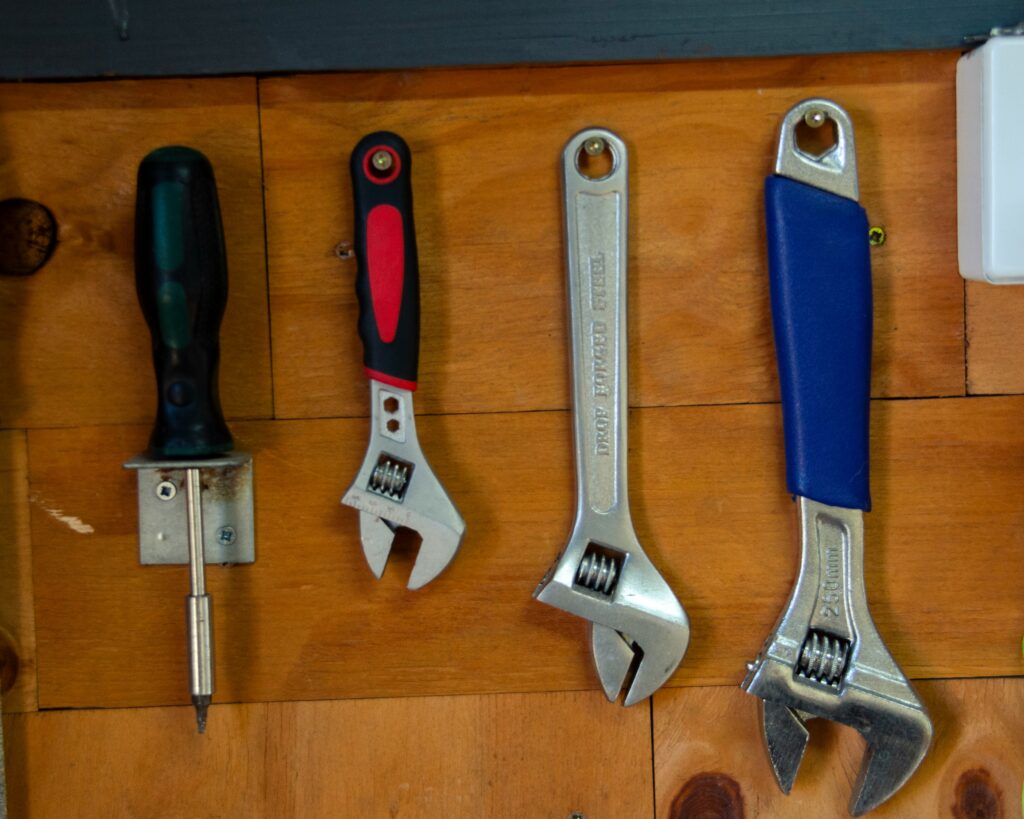Insulation Is a Smart Investment from Day One
Lower Monthly Bills, Immediately
One of the most overlooked benefits of proper insulation is its immediate impact on your energy expenses. Homeowners with well-insulated properties often notice heating and cooling costs drop significantly, sometimes by as much as 15 to 20 percent.
- Reduced energy usage means more money in your pocket each month
- Less strain on HVAC systems leads to fewer breakdowns and longer equipment life
- Improved comfort year-round with more consistent indoor temperatures
Pays for Itself Within a Few Years
Insulation is one of the rare home upgrades that actually pays for itself—typically within three to five years. Over time, the savings in utility costs will surpass the initial installation investment.
- Return on investment averages 100 to 150 percent depending on your location
- Adds long-term value without ongoing maintenance
- Enhances the overall energy efficiency score of your home
What Smart Buyers Are Asking
Today’s buyers are thinking beyond countertops and curb appeal. Many are factoring energy efficiency into their decision-making, and insulation tops the list. Experienced buyers know to ask key questions that reveal a home’s hidden running costs.
- What type of insulation is used in the attic and walls
- When was the insulation last updated or upgraded, if at all
- Are there energy audit results or utility records available for review
If you are a seller or investor, having clear answers to these questions puts you a step ahead. Highlighting proper insulation can turn a listing into a smart buy.
Insulation isn’t flashy, but it’s one of the most crucial parts of your home. If it’s underperforming, it’s silently draining your bank account month after month. Most homeowners don’t realize just how much energy loss comes down to bad or outdated insulation. In fact, the Department of Energy estimates that 25 to 30 percent of a home’s heating and cooling gets wasted through leaks and poor insulation.
What does that mean in real terms? It means dozens of dollars slipping away every month during both summer and winter. Your HVAC system doesn’t get a break. It keeps fighting to heat or cool air that never stays where it should. Even ‘average’ insulation can still allow heat to escape in winter and creep in during summer.
Energy inefficiency isn’t just a seasonal issue. It’s year-round. Drafty walls, thin attic coverage, or poorly sealed spaces make your home work harder than it should. That overwork shows up on your energy bills, wear on your heating and cooling systems, and in the comfort level of your home. Fixing your insulation might not feel urgent, but doing nothing just keeps the leak going.
When to DIY and When to Call the Pros
Taking on a home project can be cost-effective and satisfying—but knowing where to draw the line is critical. Not every part of a job is ideal for a do-it-yourself approach, especially when health, safety, or long-term structural integrity might be at risk.
When It Makes Sense to DIY
For homeowners with the right tools and experience, some tasks are usually manageable:
- Basic demolition such as pulling up carpet, removing drywall, or hauling out old insulation
- Minor insulation installation in open wall cavities or accessible garage spaces
- Draft sealing using caulk or spray foam around windows, doors, and outlets
- Shopping for and transporting materials, helping cut labor and delivery costs
If you’re comfortable with the work, have the right safety gear, and understand local building codes, these activities can save money and time.
When to Hire a Professional
Some areas require specialized knowledge, equipment, or permits:
- Attics: Improper ventilation or insulation can lead to mold, ice dams, or roof damage
- Crawl spaces: Often involve moisture control, vapor barriers, and potential pest issues
- Older homes: May contain asbestos or lead, requiring licensed removal
- Electrical or HVAC components: Working near any system wiring or ductwork should be handled by a licensed contractor
These areas are best left to certified professionals who can follow safety standards and ensure the work meets inspection requirements.
What to Expect: Cost, Permits, Timelines
Whether you DIY or hire a pro, understanding the practical side of the project sets you up for success.
- Costs: DIY insulation materials can range from $0.30 to $1.50 per square foot. Professional installation, especially in hard-to-reach areas, may run $1.50 to $5.00 per square foot or more depending on material and complexity.
- Permits: Local codes may require a permit for major insulation projects or work that affects ventilation or structural components. Be sure to check with your building department.
- Timelines:
- DIY basic insulation: 1–2 weekends
- Professional full-home install: 2–5 days, depending on scope and access
Planning ahead helps avoid delays, surprise costs, and unnecessary rework. Consulting with a pro early—even if you do some work yourself—can ensure you’re on the right track.
Insulation isn’t one-size-fits-all. These days, modern options go beyond the old batts you’d stuff between wall studs in the 90s. Spray foam is popular for its air-sealing ability and high R-value per inch, great for tight spaces. Rigid foam panels work well on exterior walls or basement walls where you need a strong thermal barrier. Blown-in insulation is ideal for attics or filling wall cavities in retrofits—fast, messy, and effective. Traditional batt insulation is still common, but only when installed carefully and in the right context.
Which brings us to R-value. This is the number that tells you how well the insulation resists heat flow—the higher, the better. But context matters. Spray foam might have a high R-value, but if there’s a gap or poor installation, it’s virtually useless. You also need to think about climate. A wall in Minnesota needs more than a wall in Southern California.
Not all insulation upgrades are created equal. Swapping low-density fiberglass batts for high-performance spray foam, or adding rigid foam to exterior sheathing, actually moves the needle. Just tossing some extra batts in an attic without air sealing first? That’s money burned. Real upgrades close gaps, raise R-values, and improve overall efficiency. Anything less is just going through the motions.
Signs Your Insulation Needs an Upgrade
Not all insulation problems are visible, but your home often tells you when it’s time to take a closer look. Here are some common warning signs that your insulation may not be doing its job:
Your HVAC System Is Working Overtime
If your heating or cooling system seems to run constantly and your space still doesn’t feel comfortable, your insulation could be letting conditioned air escape.
- Rooms remain cold in winter or hot in summer despite HVAC use
- Energy bills are climbing without a clear reason
- HVAC system struggles to keep up with temperature settings
Rooms Feel Uneven or Humid
Inconsistent comfort levels throughout your home can point to insulation issues. Poor insulation can contribute to both temperature imbalances and high humidity.
- One room feels significantly warmer or cooler than the rest
- Unusual drafts or cold spots near walls and windows
- Excess moisture or musty smells lingering indoors
Physical Clues in the Attic or Walls
Sometimes, the evidence is visible. Inspecting your attic, crawlspace, or wall cavities may reveal clear signs that insulation is outdated or compromised.
- Gaps or compressed areas in existing insulation
- Batts that appear discolored, dirty, or damaged
- Signs of pests nesting or tunneling through old material
If you observe any of these symptoms, it may be time for a professional insulation assessment to improve comfort, energy efficiency, and indoor air quality.
A well-insulated home does more than save on energy bills. It’s the difference between constant drafts and a reliable, steady indoor climate. You feel it when you walk from room to room and every space holds a similar temperature. Noise is cut down too — foot traffic, street buzz, howling wind. It’s quieter, more settled.
People often blame the thermostat when they feel uncomfortable at home. In reality, the thermostat is just the messenger. If your walls, attic, or windows aren’t holding in the heat — or keeping it out — you’re not going to fix the problem by pressing buttons. Comfort starts with what’s between you and the outside.
Take a small brick house in Cincinnati. Just a layer of attic insulation and air sealing trimmed winter heating by 20 percent. But more than that, the couple living there said their bedroom finally felt warm in the morning. No more blanket layering. Another example: a mid-century bungalow in the L.A. valley. Radiant heat was leaking through single-pane windows. After replacing old insulation in the crawl space and switching to double-paned glass, the owners noticed less AC use — and some actual peace and quiet during nap time. Simple changes. Big difference.
Pairing new insulation with smart prep work is what separates a good upgrade from a great one. Too many homeowners throw down money on high-end materials, but skip the basics like sealing gaps, checking attic ventilation, or fixing drafts behind walls and under floors. That’s like wearing a thermal jacket with holes in the sleeves.
Air leaks might seem small, but they undo hours of work and hundreds of dollars spent on insulation. The fix isn’t complicated. A good weekend with a caulk gun, weather stripping, and a vent inspection can seriously raise your energy efficiency.
If you want your insulation to actually do its job this winter or summer, do the prep. It multiplies the performance of any material you install. For a list of the go-to tools that make the job easier, check out Top 7 Tools Every Homeowner Should Own.
Insulation isn’t a luxury. It’s foundational. Whether you’re sweating through summers or shivering through winters, poor insulation turns your home into a leaky, inefficient mess. And yet, it’s one of the most overlooked upgrades out there.
The best home improvements do their job quietly, and insulation is a prime example. You don’t see it working, but you absolutely feel it. Better temperature control. Quieter rooms. Lower energy bills. It’s not flashy, but it’s smarter long-term design.
Waiting until the next heat wave or polar vortex hits is a losing strategy. The right time to insulate was yesterday. The second-best time is now. Get it done and benefit every single day for years to come.


 Jarvison Nagyan is a leading tech analyst at drhextreriorly, known for breaking down complex technologies into clear, practical insights. His work focuses on emerging trends, digital innovation, and how new tools reshape everyday life. Jarvison’s ability to simplify advanced concepts makes him a trusted voice for readers looking to stay ahead in the fast-moving tech world.
Jarvison Nagyan is a leading tech analyst at drhextreriorly, known for breaking down complex technologies into clear, practical insights. His work focuses on emerging trends, digital innovation, and how new tools reshape everyday life. Jarvison’s ability to simplify advanced concepts makes him a trusted voice for readers looking to stay ahead in the fast-moving tech world.

